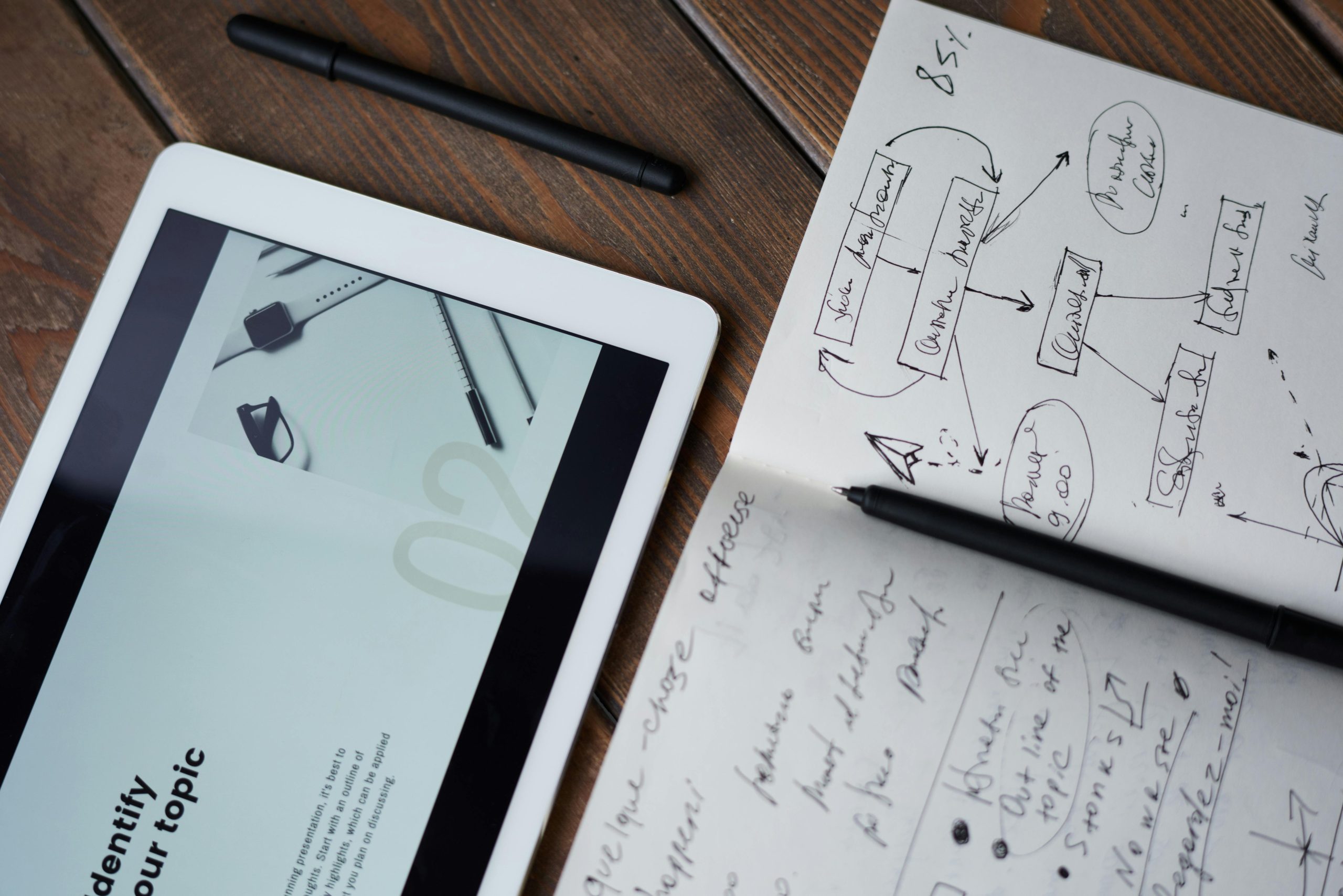A/B testing reveals which variations truly engage users by comparing controlled changes in design or messaging. This method offers clear, data-driven insights to boost conversion rates, user satisfaction, and overall experience. Understanding how to implement A/B tests effectively unlocks smarter decisions, reducing guesswork and maximising impact across marketing, product design, and digital strategies. Master these tactics to elevate your user experience confidently.
Fundamentals of A/B Testing for Business Optimization
The a/b testing is a method of comparing two webpage or app variations to determine which performs better. It is crucial for conversion rate optimization, enabling data-driven decisions to improve engagement and sales.
In parallel : What Emerging Trends Are Shaping the Future of Marketing in the UK Computing Sector?
This process involves creating two versions, splitting traffic randomly, and observing user responses based on clear metrics such as click-through rates or conversions. Results are analyzed using statistical tests like Z-tests or t-tests to establish significance.
The benefits include reducing guesswork, minimizing risks, and fostering continuous improvement. Notably, large-scale companies like Google and Microsoft employ a/b testing extensively for product and user experience enhancements.
In the same genre : What Emerging Trends Are Shaping the Future of Marketing in the UK Computing Sector?
You can view more details on this page: a/b testing. By systematically applying these principles, businesses can optimize their digital marketing strategies effectively.
Content on a/b testing emphasizes best practices, experiment design, and robust analysis for reliable results.
Implementing A/B Testing: Process and Best Practices
A/B testing begins with formulating a measurable hypothesis that addresses a specific business metric, such as conversion rate optimization or user experience improvement. Experiments are designed by creating distinct variations, fine-tuning copy, layout, or call-to-action elements. Key to robust experiment design in marketing is randomization and ensuring each group receives comparable experiences, which prevents bias in split testing techniques.
Accurately estimating sample size and setting test duration avoid common pitfalls like false positives; tools such as A/B test calculators and Google Analytics simplify this step. Essential testing tools for marketers Google Optimize, Optimizely, and VWO allow precise traffic splitting, heatmap analysis integration, and data collection, facilitating both split and multivariate testing vs split testing scenarios.
Statistical significance in testing is non-negotiable, as it underpins reliability confidence levels should be set before analysis. Test segmentation methods, such as behavioral targeting or device segmentation (mobile vs desktop testing), refine insights for distinct user groups. Ultimately, understanding when the testing hypotheses in marketing have been met, and rigorously interpreting test data, drive iterative testing processes for continuous user experience improvement.
Challenges, Pitfalls, and Industry Cases in A/B Testing
Applying testing hypotheses in marketing presents frequent hurdles. Sample size requirements complicate conversion rate optimization, as small audiences may inflate variance and produce false positives. Split testing techniques often suffer from bias or external factors such as unexpected seasonal changes; thus, experiment design in marketing must carefully account for data integrity.
One major pitfall is halting an experiment prematurely when conversion metric tracking shows early promising results, risking spurious conclusions. Over-segmentation through excessive customer segmentation for testing can dilute sample sizes, undermining statistical significance in testing. Data privacy in testing must also be managed strictly, especially regarding GDPR compliance in experiments.
Industry leaders demonstrate refined online marketing experiments. E-commerce giants focus on testing checkout processes, minimizing friction in the conversion funnel optimization—Amazon and Alibaba, for instance, constantly refine their purchase flows. In media, platforms like Netflix employ multivariate testing vs split testing to enhance user experience improvement, experimenting with homepage personalization to boost content engagement. Travel companies prioritize website performance testing and iterative testing process to fine-tune booking flows, while SaaS and B2B firms use behavioral targeting with tests to maximize lead generation or trial conversion.
A/B Testing: Process, Metrics, and Best Practices
A/B testing involves comparing two or more webpage or app variants to improve conversion rate optimization. Using statistical significance in testing, randomized segments are exposed to different versions like varied call-to-action texts and experiment result analysis determines which outperforms against a set conversion metric, such as signups or purchases. For meaningful online marketing experiments, both test sample size estimation and experiment design in marketing must consider the required confidence level and avoid false positives.
Effective experiment design in marketing uses hypothesis setting for tests to formalize intended improvements, followed by test segmentation methods to ensure demographic representation. Split testing techniques incorporate website performance testing and behavioral targeting with tests examples include testing form designs or call-to-action button color tests using randomization in experiments to reduce bias.
A/B testing best practices underscore the need for conversion funnel optimization, iterative testing process, and clear interpreting test data protocols. Tools such as Google Analytics, Optimizely platform features, or A/B test calculator usage simplify test result reporting and managing multiple tests. Consistently improving user experience improvement depends on ongoing testing, avoiding common testing errors, and continuously learning from both winning and failed experiments.





